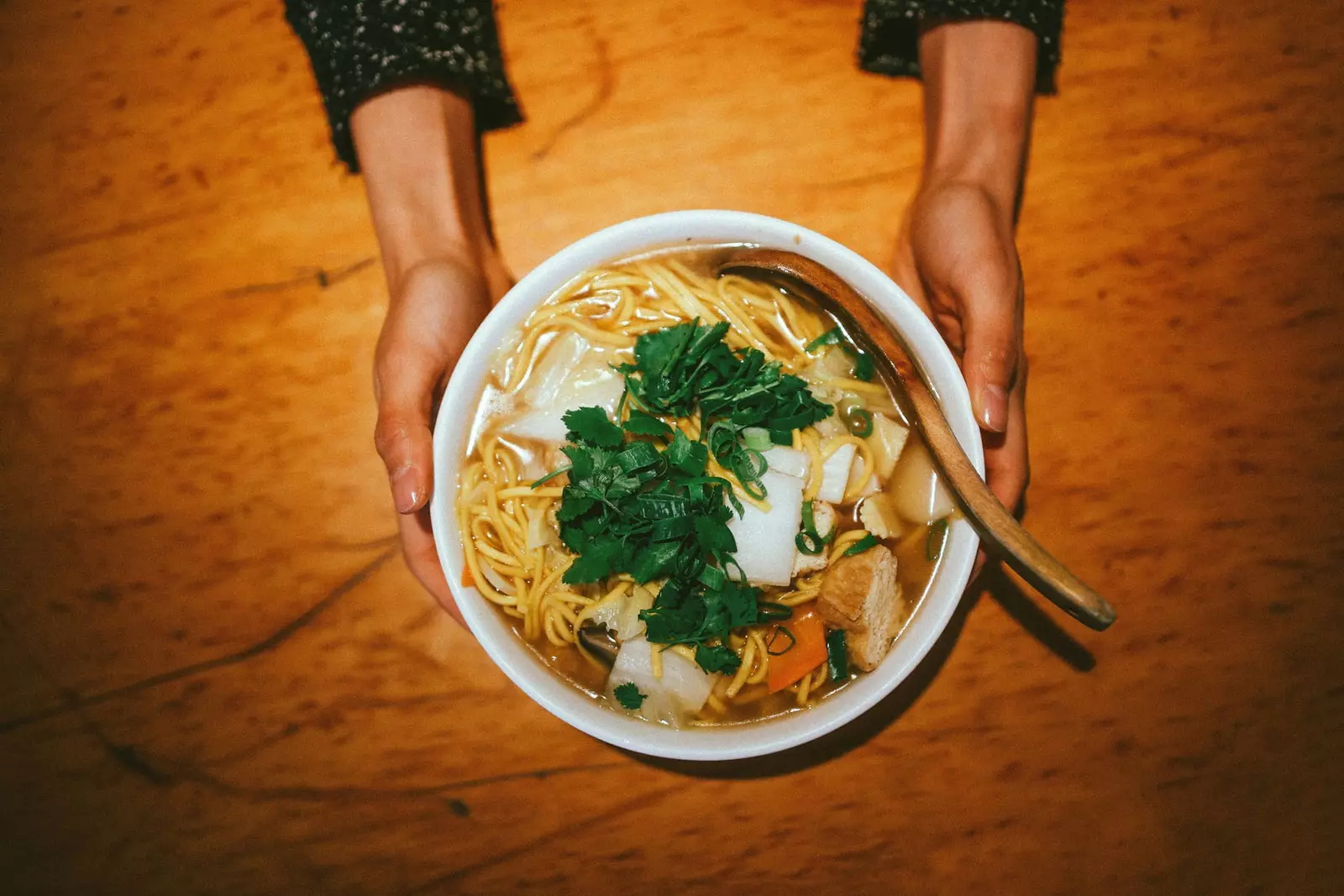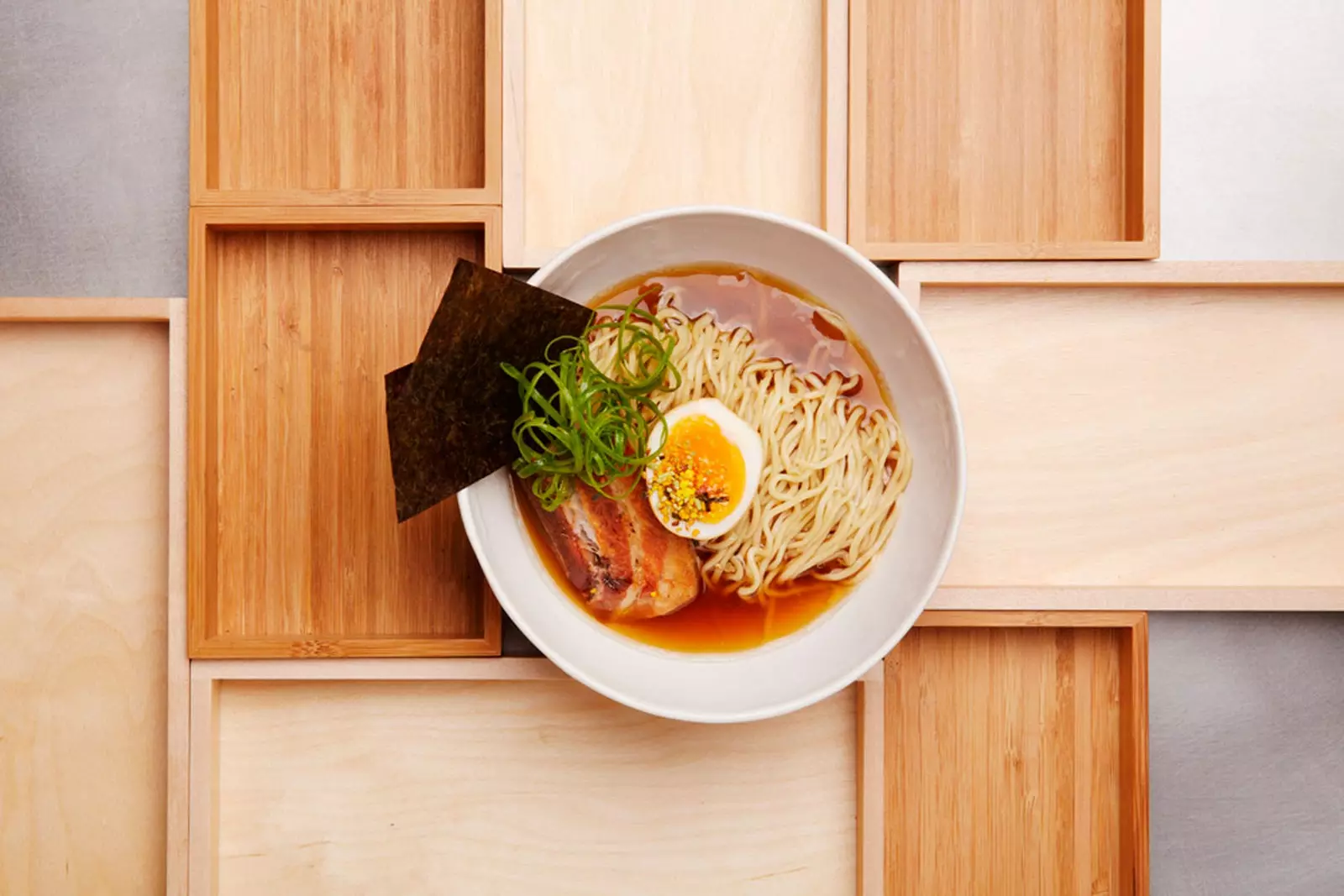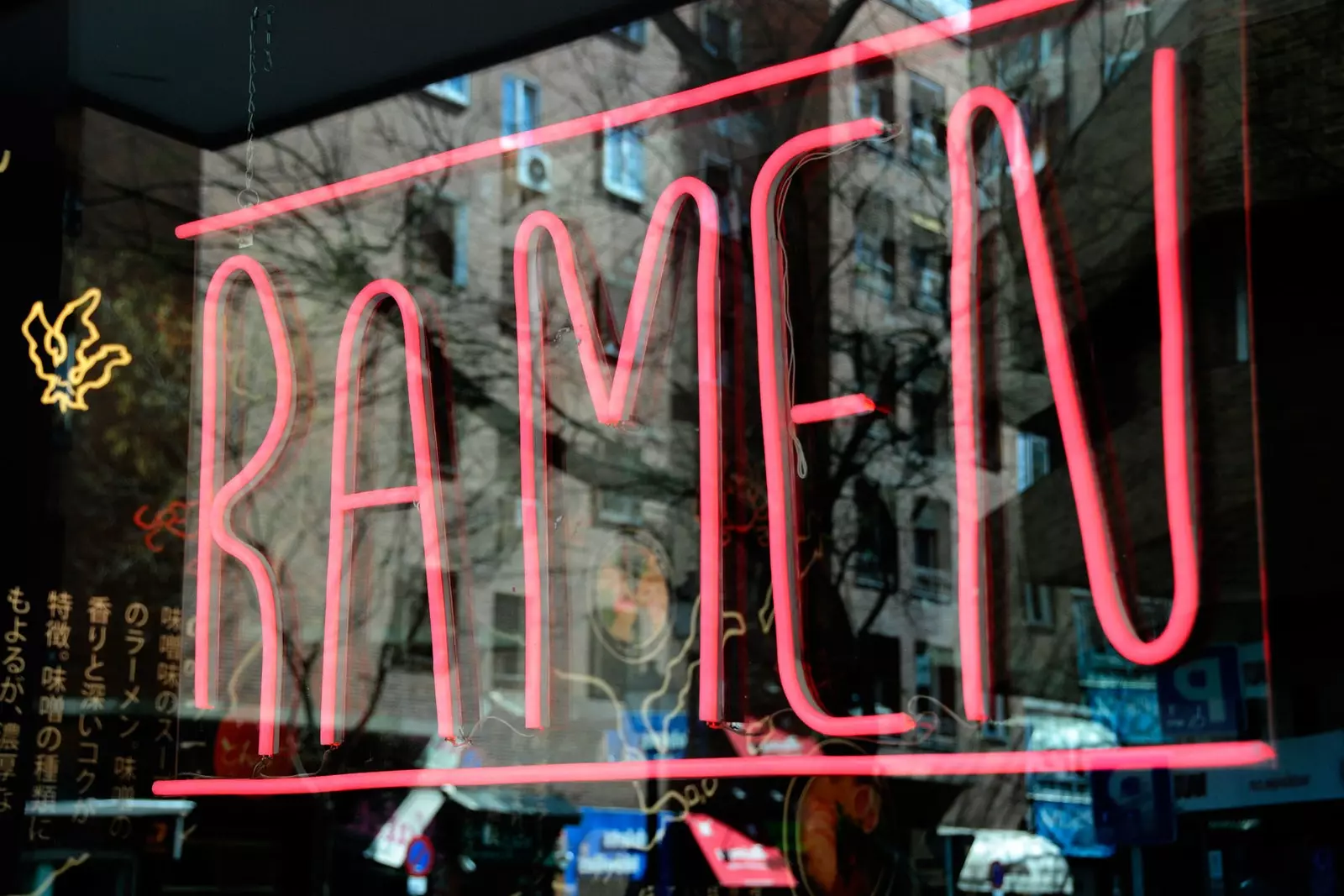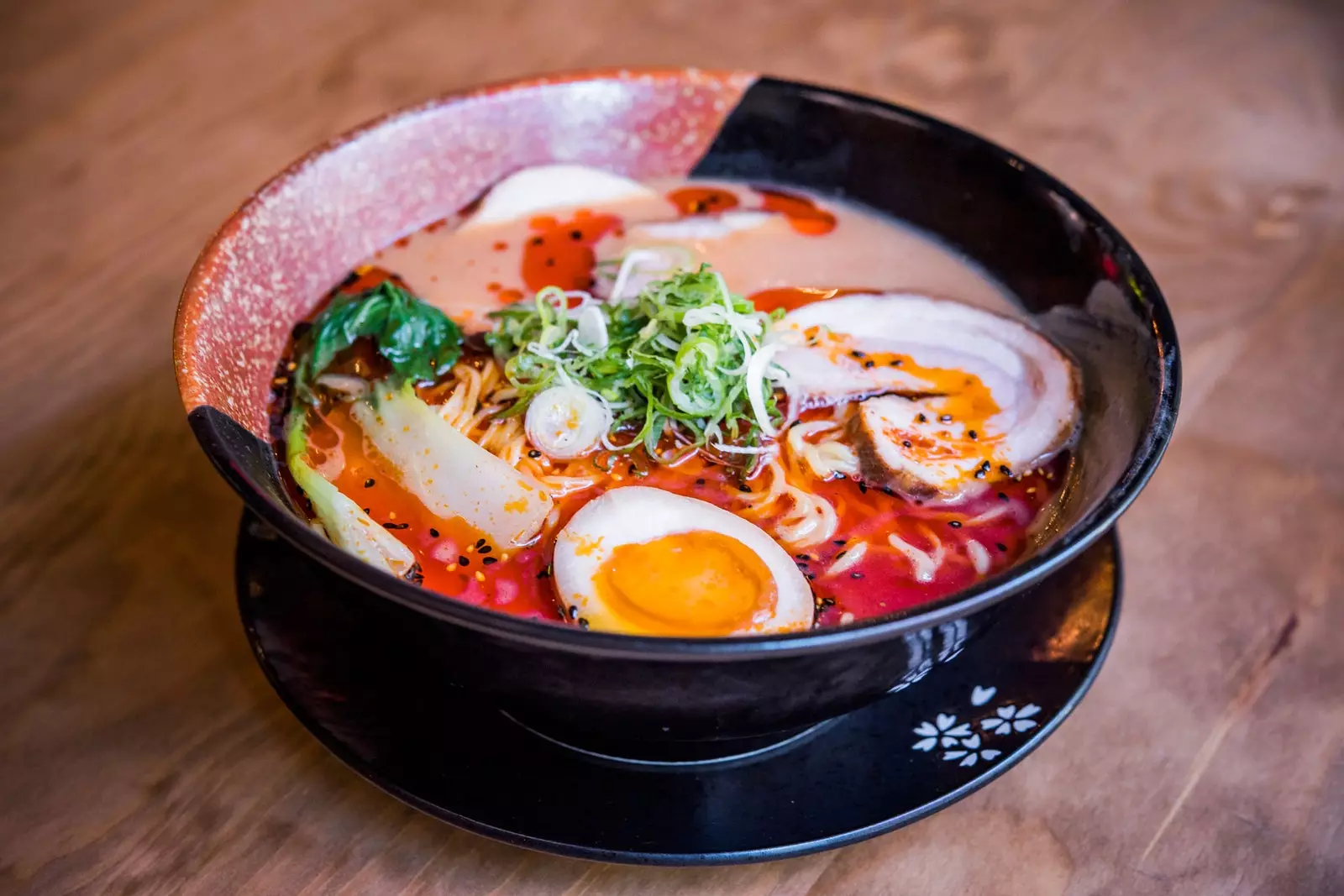
Ramen, everything you wanted to know and were afraid to ask.
The origin is doubtful and complex, but it seems increasingly clear that ramen, today known as one of the national dishes in Japan, came from china to the Japanese archipelago in the 19th century. In fact, his original name was shina-soba either chukka soba (Chinese soup, literally), now discarded.
That's how it ensures George Solt, professor at New York University, who after spending more than a decade there, wrote the book _ The Untold History of Ramen: How Political Crisis in Japan Spawned a Global Food Craze (The Untold Story of Ramen: How Japan's Political Crisis Spawned a Global Food Fad),_ in which he recounts how this noodle noodle soup dish went from China to Japan, became the working class plate during the American occupation after the war, it expanded with the appearance of instant noodles in the 70s, became a national pride with the opening of museums in the 80s and 90s and ended up jumping to the rest of the world as the trendy bowl

Japanese tradition modernized.
At that point, New Yorker **David Chang and his Momofuku** bear much of the blame. Precisely there, it was formed John Husby, chef and co-owner of one of the best ramen in Madrid, ** Chuka Ramen Bar, ** where he applies part of the traditional recipe that he learned and adds his own touch in different recipes that, as he explains, you have to eat “very, very hot”, although “more cold soups or even ramen without broth” are being introduced every time.
The traditional recipe that was sold to Japanese workers because "it was cheap and filling" is made with broth, mainly pork, long wheat noodles and kansui (the alkaline water that gives them that consistency) and is added chasu or pork fillet, nori (seaweed), boiled egg, spring onion and narutoki (or the fish paste, that pink and white spiral) .
Many ingredients have been added later. From soy soup to miso, as they do in ramen master, where they also have spicy and curried versions, the latest recipes.

The Japanese taverns of Madrid.
The usual thing is that it contains pork, but You can have chicken, beef and there are even vegetarian versions. But always the flavor of the broth and the consistency of its noodles are fundamental. Solt says that the importance of noodles in Japanese gastronomy had to do with the export of wheat by the Americans in the scarcity of the postwar period to prevent the spread of communism.

Ramen admits both spicy and stamina.
Although today it is a fashionable dish, more and more in Spain, with many and varied options, competing with and accompanying sushi, and it continues to expand with the help of media as apparently superficial as Instagram, The origin and growth of ramen has great political and socioeconomic importance for the country.
As a curious fact, Solt says that in Japan it is still a pride and, for this reason, the chains or large corporations of ramen have not proliferated and 80% of the restaurants that serve it are small family establishments in which they are inheriting the tradition of making this dish and take it sipping well, with the spoon or directly from the bowl. This is how the Japanese eat it, don't be ashamed when you go next time to enjoy it.
ENJOY THE BEST JAPANESE RESTAURANTS IN MADRID
